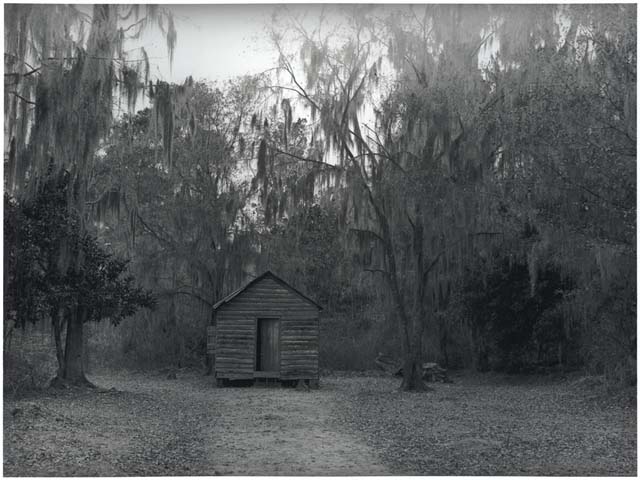
Library of Congress
Despite the abolition of slavery, the oppression of African Americans persisted. Many states implemented Jim Crow Laws, which legalized racial segregation. The laws mandated them to use inferior black facilities.
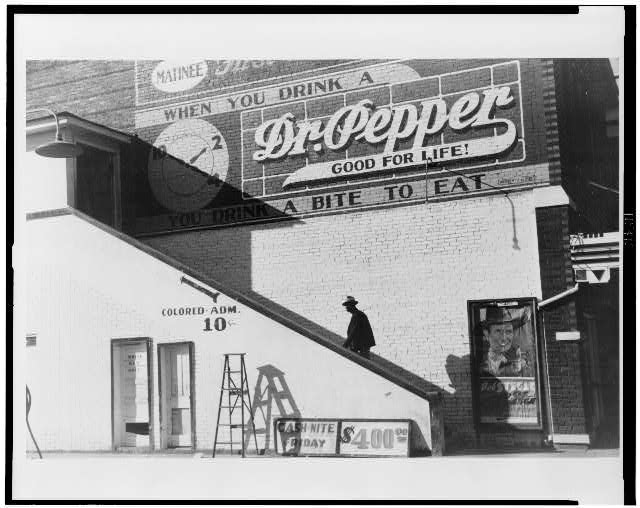
Library of Congress
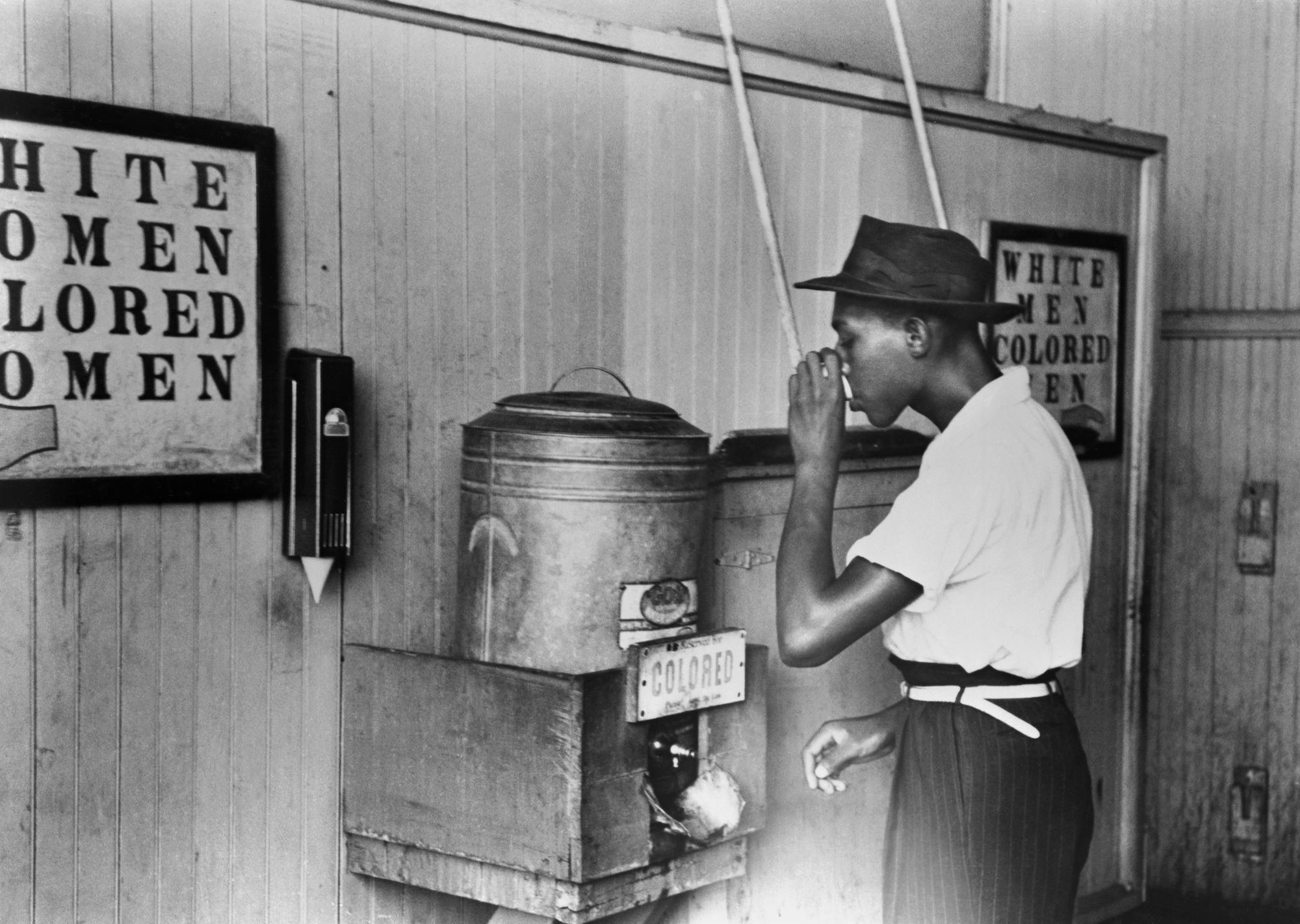
National Geographic
“These segregation practices affected every aspect of daily life, becoming enforced in professional offices, building entrances, schools, hospitals, asylums, jails, cemeteries, residential homes or neighborhoods, buses, rail cars, restrooms, water fountains, cashier windows, and phone booths. Not only were these institutions and objects separated, but it was also often the case that those for the African American community were not as nice or maintained as well as those for the white community.” - Georgia College & State University
Representative John Lewis, Choices Program
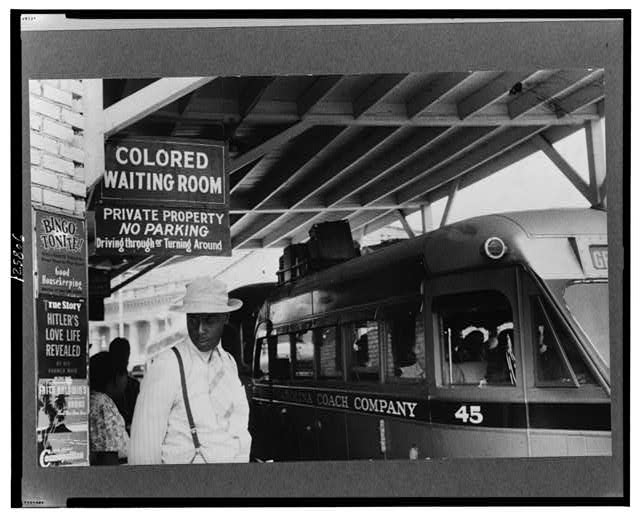
Library of Congress
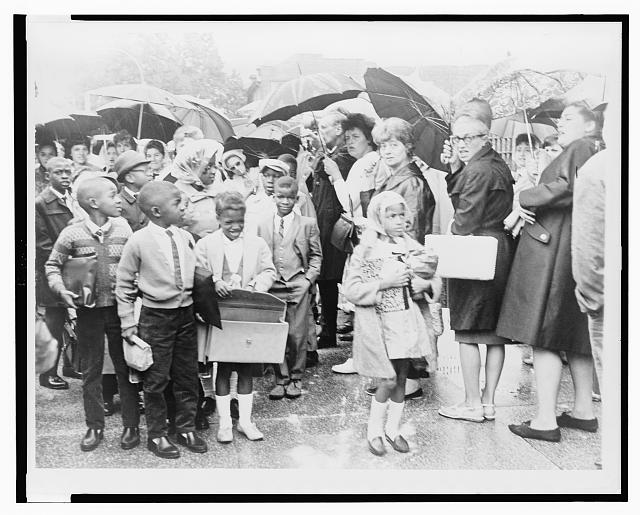
Library of Congress
“Blacks had to use separate hospitals when they were ill,and, after they died, find their final rest in black cemeteries. Florida and North Carolina prohibited white children from using textbooks that had been touched by blacks. Alabama even made it a crime for blacks and whites to play checkers together. In Mississippi, blacks and whites had to use separate phone booths. Any Negro who inadvertently crossed the color line could expect to be severely punished.” - Harvey Fireside
Segregation was especially debilitating for black students. Black schools were threadbare and lacked the tools to educate youth for lucrative jobs. This trapped black families in financial struggle.

Library of Congress
“Here I was, a highschool graduate, eighteen years old, principal in a two-teacher school with 132 pupils ranging from beginners to eighth graders, with no teaching experience, a schoolhouse constructed of boards running up and down, with no slats on the cracks, and a fireplace at one end of the room that cooked pupils immediately in the front of it but allowed those in the rear to shiver and freeze on their uncomfortable, hard, back-breaking benches.” -Septima Clark
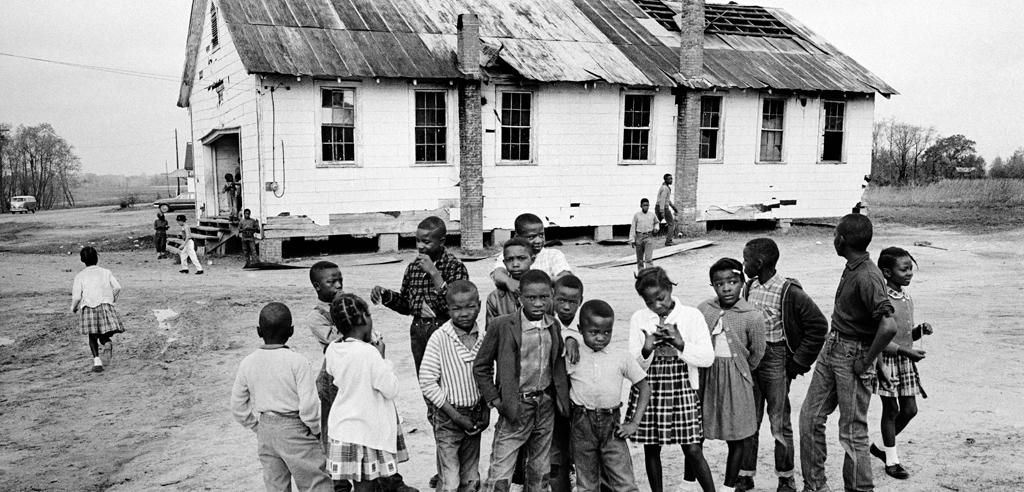
Equal Justice Initative
"Well, the schools, our schools, we had one schools and that was heated by coals then at the time the coals run out, you have to go outside and cut the wood and make our own heat. So at the white schools they had brick schools, and then they had coals also, but we had coals and once the coals run out we have to go back in the woods and make fire for our own heat." - Harry Briggs Jr.

Philadelphia National Archives

Black high school auditorium. Philadelphia National Archives
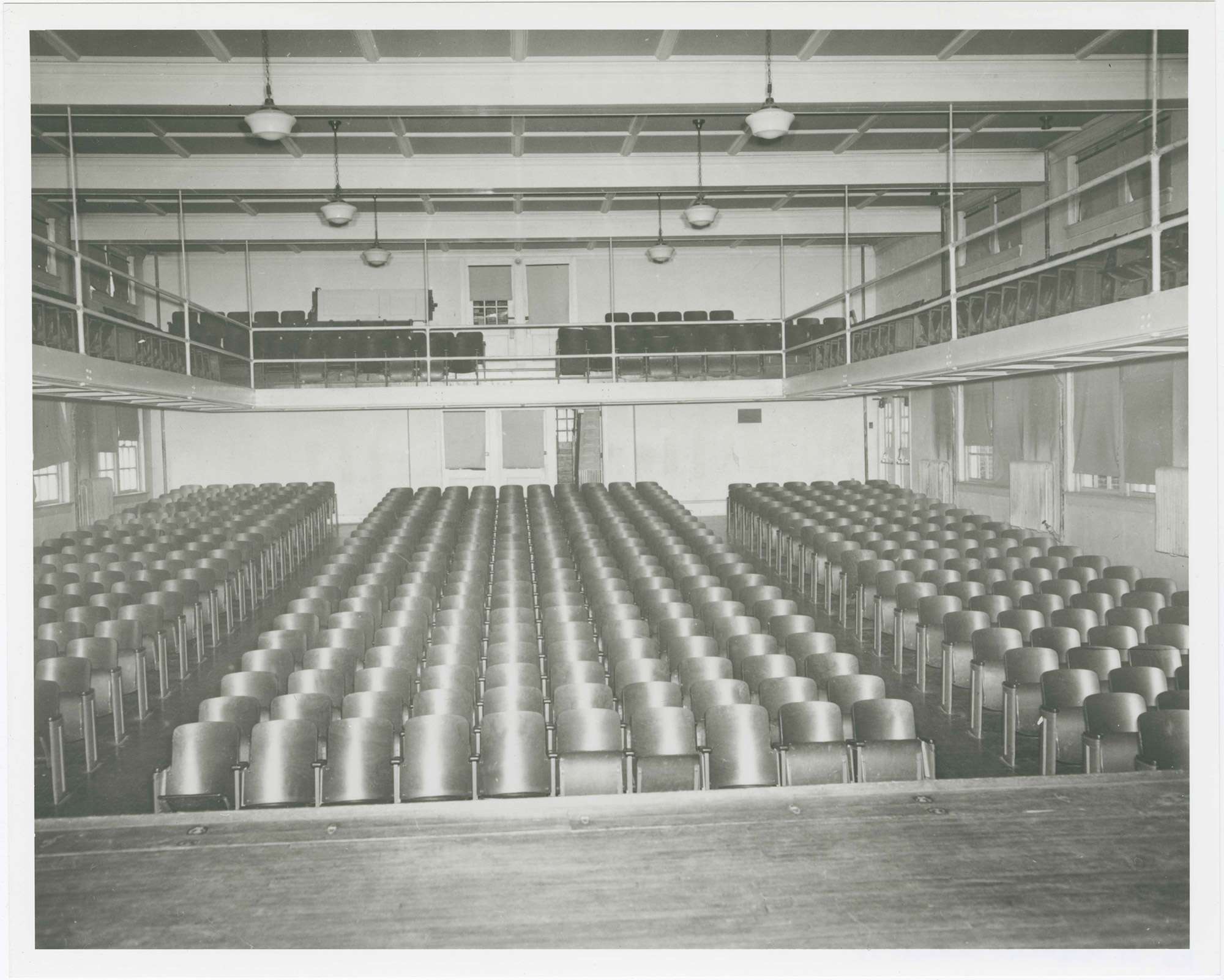
White high school auditorium. Philadelphia National Archives
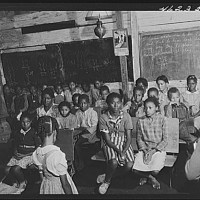
America's Black Holocaust Musuem
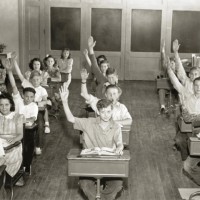
America's Black Holocaust Musuem
In 1890, the Citizens’ Committee attempted to debate Louisiana's Separate Car Act, which mandated trains to segregate railroad cars. Homer Plessy, who appeared white, was asked to sit in the white car. After revealing his race, he was arrested. The case was tried before the Supreme Court, where lawyers argued the act violated the 13th and 14th Amendments. Unfortunately, the court declared the act as constitutional. Thus, the “separate but equal” doctrine was born.

U..S Supreme Court
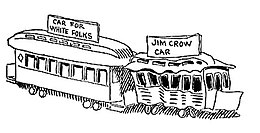
John McCutcheon

Library of Congress
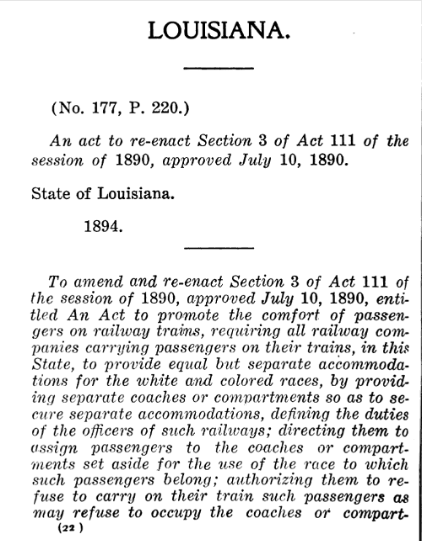
Louisiana Separate Car Act, 1890
“We consider the underlying fallacy of the plaintiff’s argument to consist in the assumption that the enforced separation of the two races stamps the colored race with a badge of inferiority. If this be so, it is not by reason of anything found in the act, but solely because the colored race chooses to put that construction upon it… The argument also assumes that social prejudice may be overcome by legislation, and that equal rights cannot be secured except by an enforced commingling of the two races… If the civil and political rights of both races be equal, one cannot be inferior to the other civilly or politically. If one race is inferior to the other socially, the Constitution of the United States cannot put them upon the same plane.”- Justice Henry Brown, Plessy v. Ferguson
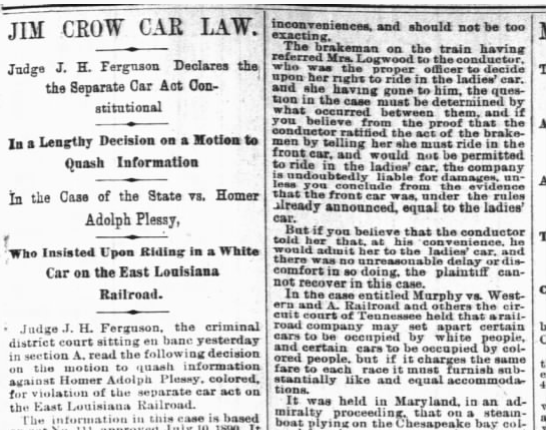
The Times Picayune
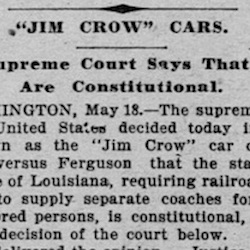
St Paul Global
The failure of Plessy was extremely detrimental to civil rights. The ruling enabled states to enact additional segregation laws in an assault on black rights. Though the court ordered equal facilities, it was far from the truth. Black facilities were ramshackle compared to their white counterparts. The ruling served as a roadblock precedent in the desegregation debate to follow.